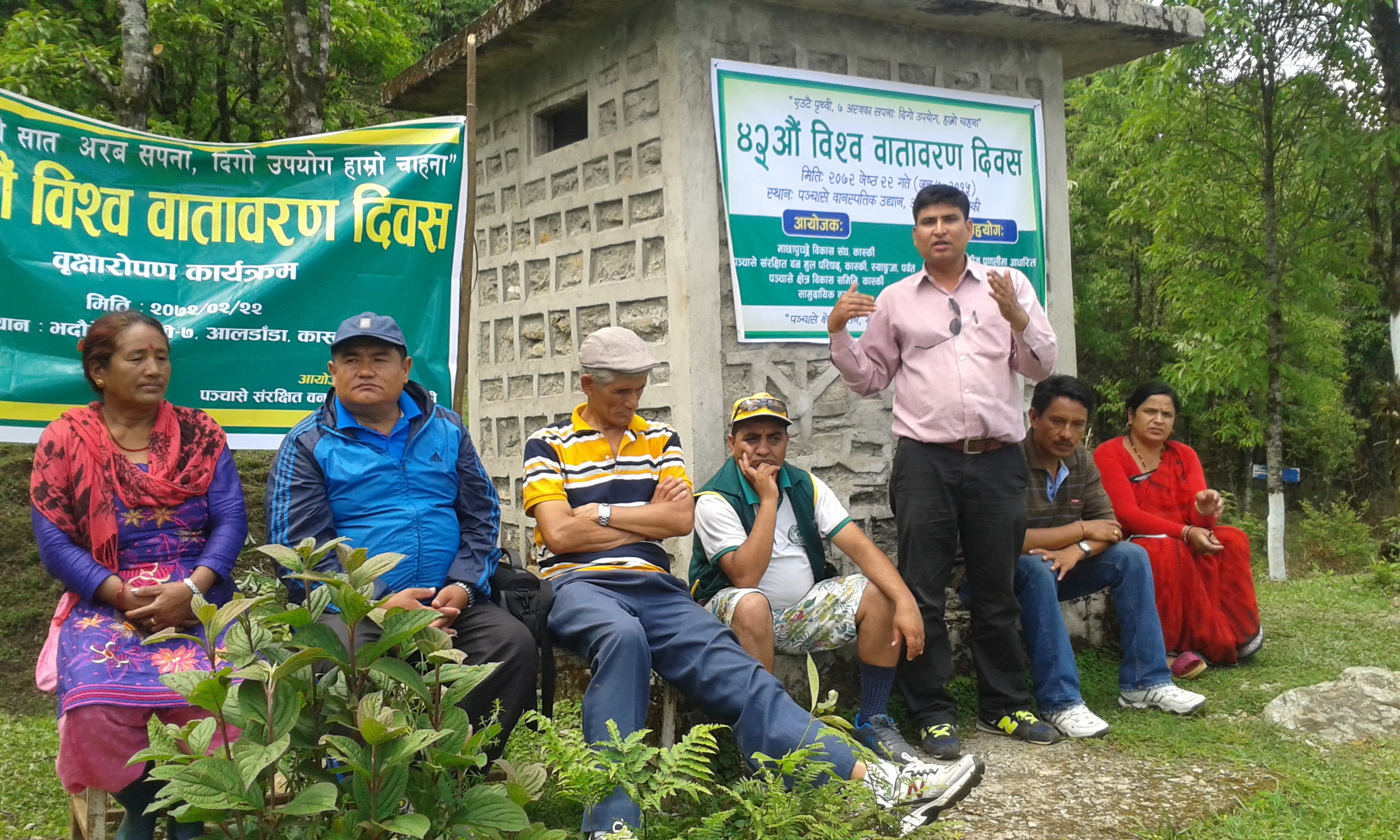Scientific research monitoring: building biodiversity monitoring system to help scientific protection and effective management
(1) Integrated Space-Air-Ground biodiversity monitoring system
Space: used satellite remote sensing image to carry out multi-temporal image remote sensing monitoring in the Park, cross-provincial cooperation area and franchise area, and used ground and near-surface remote sensing data to interpret satellite remote sensing image.
Air: used aerial photography with Lidar, CCD high-resolution camera, and hyperspectral image to obtain the near ground remote sensing image of the whole Park.
Ground: established nearly 800 forest plots and set up 507 infrared cameras to carry out grid-level monitoring, covering the whole Park.
(2) Establishment of National Park Research Institute
To promote the construction in a scientific way, the Park will set up a National Park Research Institute, which will provide support for the scientific, accurate and intelligent construction and management of biodiversity protection in the Park.
(3) Building "Smart National Park"
By utilizing advanced technologies such as remote sensing, big data cloud computing and artificial intelligence, a big data cloud service platform for the Park has been formed. By combining mobile phone terminals with Internet technology, a comprehensive management and service platform for smart national park has been built.
The Park worked together to conduct biodiversity research, public scientific education and practice with domestic and foreign scientific research institutions (Institute of Botany, the Chinese Academy of Sciences, Zhejiang University, Smithsonian Tropical Research Institute, Aarhus University, etc), and international environmental organizations (WWF, IUCN, etc).
Ministry of Science and Technology of China, National Natural Science Foundation of China, Zhejiang Province, and other government departments have provided rich financial support.
At present, people's understanding of the long-term dynamic process of ecosystem is quite limited. The long-term monitoring and research on the typical ecosystems in the national park will deepen people's understanding of these ecosystems, optimize and update the objectives and strategies of national park protection.
